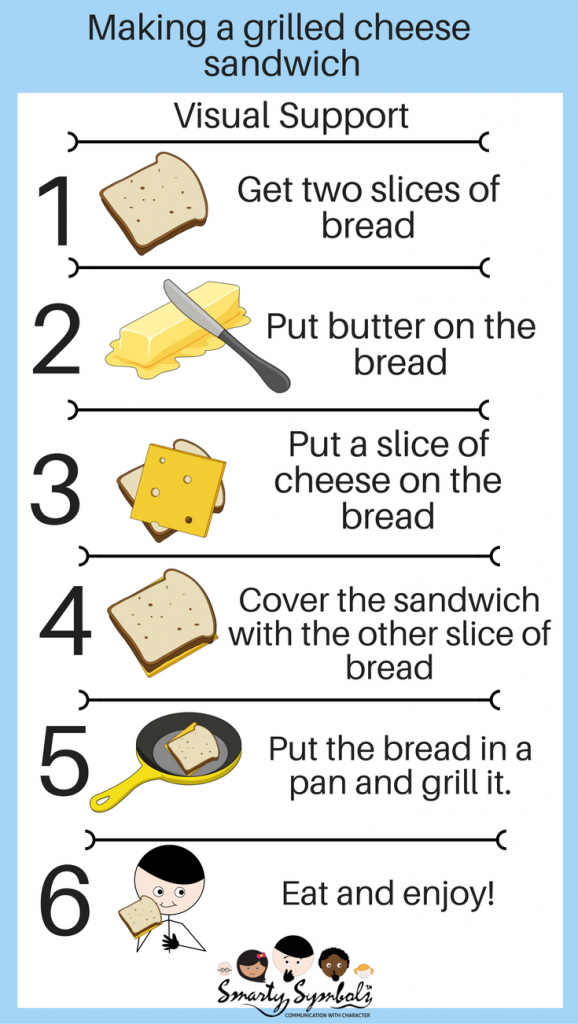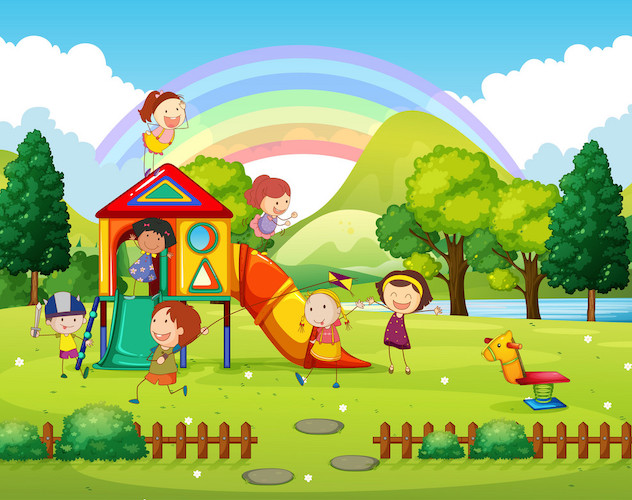
Speech Therapy Activities to Teach Questions
Speech Therapy Activities to Teach Questions
A child’s brain is a bubble of curiosity. It is the why’s, what’s, and how’s that enable them to think. Each question is categorized based on confirmation, choice, hypotheticality and so on. It is the very nature and complexity of a question that a child must understand in order to provide an appropriate response. A typically developing child starts question-answering from the age of 3. By the age of 6, they can differentiate between significant question types.
Types of questions:
- Wh- questions: “What”, “When”, “Where”, “Who.”
- Confirmation questions: Yes-No questions
- Hypothetical questions: “What would happen if….”
- Casual Question: “Why”
- Procedural/ quality/ quantity question: “How”
The ability to answer questions is an essential skill. From the age of 2, children should be able to answer or point out nearby objects when asked, “what is this?”. They should be able to give responses to complex questions such as “what is this girl wearing on her neck?” and by the age of 4, they should be able to answer a “what” question about function, such as “what do you do with a pencil?”
You can also practice generalization by looking through family photos, browsing through a toy catalog, or narrating a favorite book.
Generalizing help
A guide to answering “What” questions
If you notice that your child is unable to understand these questions, you can try out these steps at home.
- Try to place a familiar picture in front of your child .
- Hold up the image and ask, “what’s this?”
- Immediately model the response by saying the name of the object
- Do it a few more times with the same picture, pause for a moment and wait for them to repeat
- If so, praise your child by saying, “yes! It’s a ball. Good job, you got it right.”
- You can try the same activity with pictures of familiar actions (smiling, dancing)
This Speech therapy activity can help build a vast expressive vocabulary which a child requires to form sentences or ask questions.
You can use some of the pictures available in the 1SpecialPlace worksheets, or you could make your own!
A guide to answering “How” questions
The first type of “how” question is related to quantity. Questions such as “how many horses are there?” or “how much sand is there in the bucket”. Responses can range from a numerical value to “little”, “A lot”, “not much.”
- Try to find objects that you have more than one of
- Place one object in front of your child and ask him, “how many are there.”
- Model the child’s answer or give him a clue by indicating the number 1 with your finger
- Place another one of the objects and repeat the same question
- You can help him count the number of objects and help him with the correct response
- Keep doing this until your child can tell the right number. But don’t forget to repeat the question every time.
Some “how” questions are related to the procedure. The child can start answering this type of question by the age of To teach your child to answer this question, you can break down an activity into multiple steps and talk to him about each step.

A guide to answering “why” questions
This is a tricky one! Why indicates inferencing. This kind of question encourages the child to think about the reason behind ‘why’ we do what we do. Questions such as “why do we tie our shoelaces” or “why aren’t there any more dinosaurs” unlock their imagination. Engaging in pretend play or reading social stories can go a long way in teaching your child to search for the correct answer.
For example, you can pretend to fall while having your shoes untied. This will demonstrate the reason behind why we tie our shoelaces. Through this method, you can demonstrate questions such as “why do we sleep at night?” and hypothetical questions such as “what will happen if you fall down”.
A guide to answering wh-questions
What, when, where, and who. These questions are essential to understanding the difference between time, place, gender, context, and function. If a child can understand the difference between the four of them, he can describe any situation or picture in its entirety. Picture description tasks and worksheets are one such way to teach these questions.
For example, let’s take this picture of children playing in a park

Questions such as,
- Who is standing on top of the slide?
ANS: A girl
- What is the girl wearing?
ANS: A pink dress
- Where are the children playing?
ANS: In a Park
- When did the children go to the park?
ANS: Morning
I hope these activities are helpful for your child. Asking and answering questions is very important for a child’s school or classroom activities performance. These Speech therapy activities can accelerate your child’s speech and language development. If you still feel that your child faces difficulty with responding appropriately, take note of where your child faces difficulty and bring it to the notice of a speech-language pathologist.
- AAC for Adults with Communication Difficulties - October 12, 2024
- Amazon purchases for your child’s speech development - January 31, 2023
- Functional Writing Activities for Individuals with Aphasia - January 23, 2023

Leave a Comment
(0 Comments)